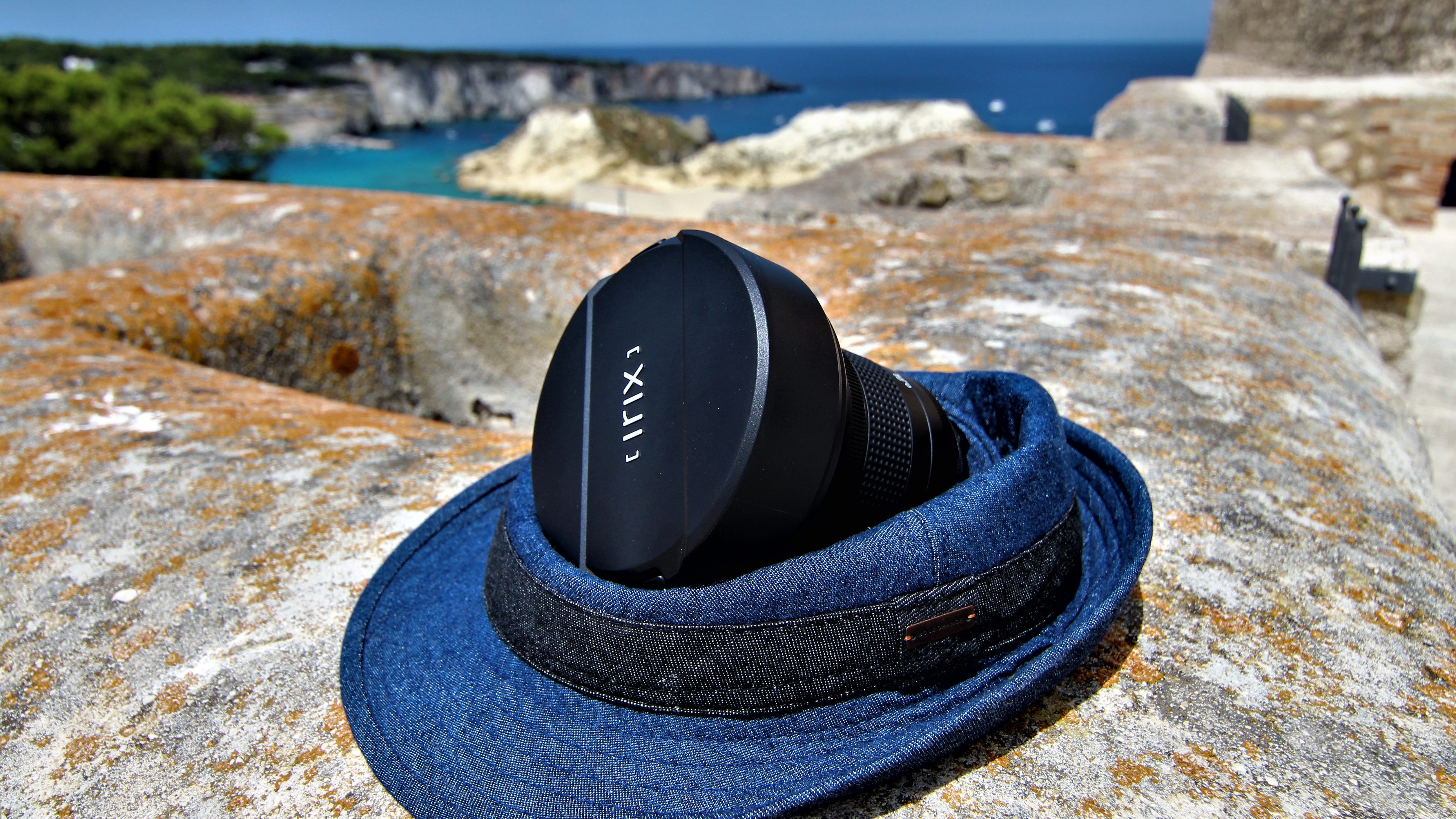
Holidays offer fantastic opportunities for the photographer within us all. We’ve already made our photographic plans and we’re packed ready for every eventuality. We’re excited to discover new places and improve our photographic skills. We’re also hoping that, in addition to all those wonderful memories, we’ll be coming back with memory cards full of fascinating photos, hoping we’ve got a prize-winning shot amongst them.
Regardless of whether they’re simply amateurs armed with a smartphone, or professionals with a multitude of top-class photo equipment, we all want to capture the best possible shots while we’re away from home.
What distinguishes us from each other is the way in which we go about achieving this: there are those who like to keep things simple and will only take a small compact camera, while there are others who’ll pack a compact set of prime lenses. Finally, there are those whose mantra is “everything will come in handy”, and will pack a range of zoom lenses covering everything from wide-angle to telephoto.
Regardless of what we take, with a little bit of practice and luck, we’ll be taking breathtaking photos that we can cherish and share.
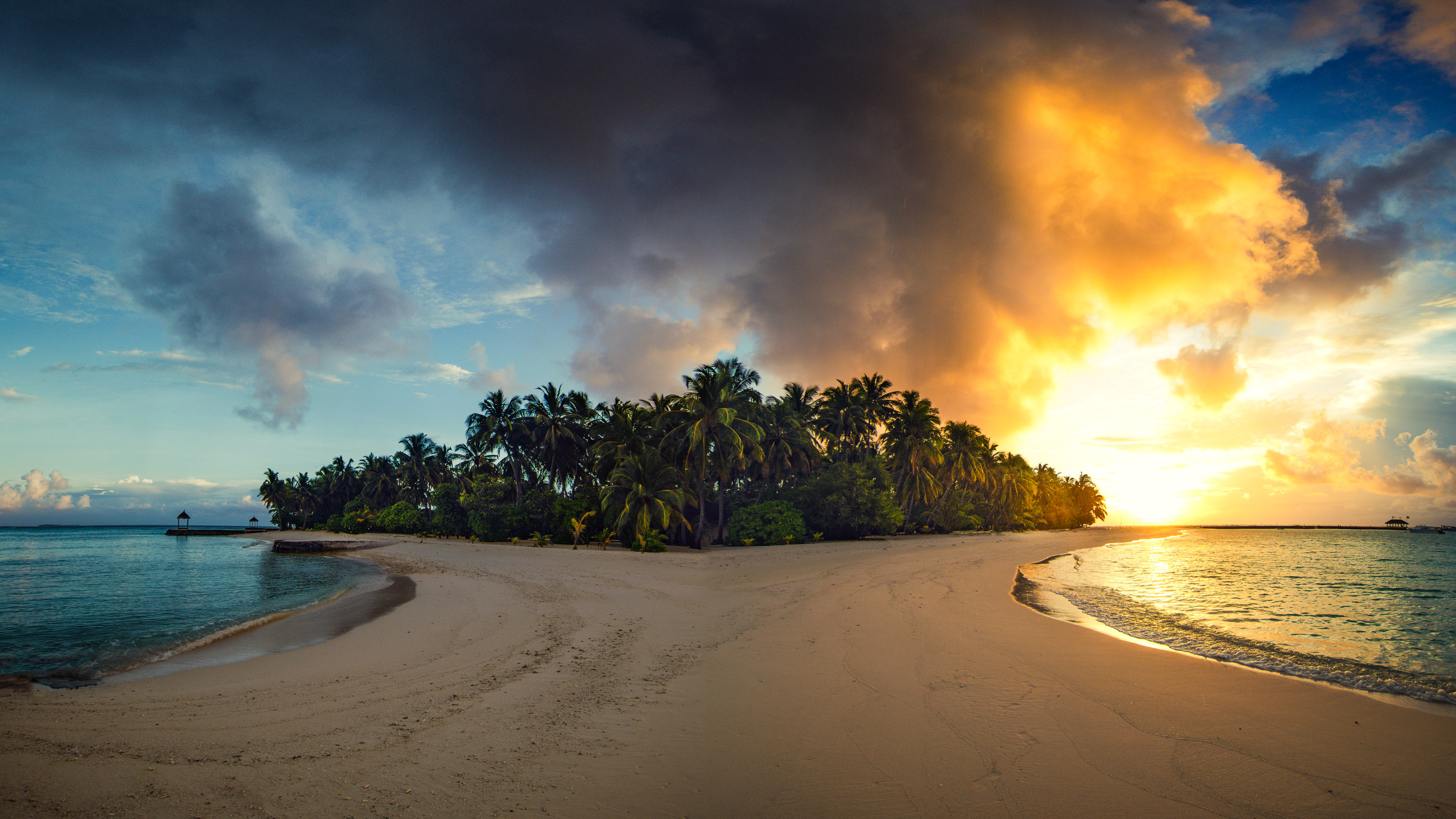
But this article is not meant to make you believe that you’re doing everything right, but should make you curious and willing to think hard about your photos.
Until recently, I personally preferred using a full-frame 28mm f/1.8 prime lens (along with a polarizing filter and a neutral density filter, allowing me to shoot wide open even under the hot sun of southern Europe). I used this lens in tandem with the 50mm f/1.4 (again with a neutral density, imagining how nice it would be to come back with beautiful portraits in full sunshine).
These two lenses allowed me to photograph in such a way that it wouldn’t even cross my mind that something was missing. However, some time ago, I had the opportunity to take an Irix 11mm f/4.0 lens on my vacation and… well, this ended my idyllic idea of what I considered should be necessary photographic equipment I should be taking away with me.

An ultra-wide-angle lens like the Irix 11mm f/4.0 now gives us a completely new idea of framing and perceiving what's in front of us.
At first glance, this is undoubtedly a demanding piece of kit thanks to its sometimes difficult focal length (you can suddenly find your own feet in the frame when shooting vertically!). But it does allow you to get extremely interesting angles and amazing shots.
Now it’s not important as to whether we’re in the south of Europe, heated by the warmth of the sun in the narrow streets of beautiful historical cities, or visiting Lofoten (charming though it is) with its minimal and harsh climate. The extreme wide angle view allows us a host of new photographic possibilities, regardless of whether we’re taking shots of landscapes, or monuments or the enchanted minimalistic beauty we find housed within modern architecture.

Ultra-wide-angle lenses are full of contradictions: they are difficult to compose but give great results. Paradoxically, they are fabulously simple to use. Why? Well, such extremely wide glasses do not really need autofocus - by f/4.0, the depth of field ranges from 2 metres to infinity, and then by f/8.0, from 80cm to infinity.
This makes shooting quick and easy - once we’ve set the focus and aperture, we can happily shoot at this setting all day - Very practical when visiting new places where we might not have too much time to concentrate on settings.
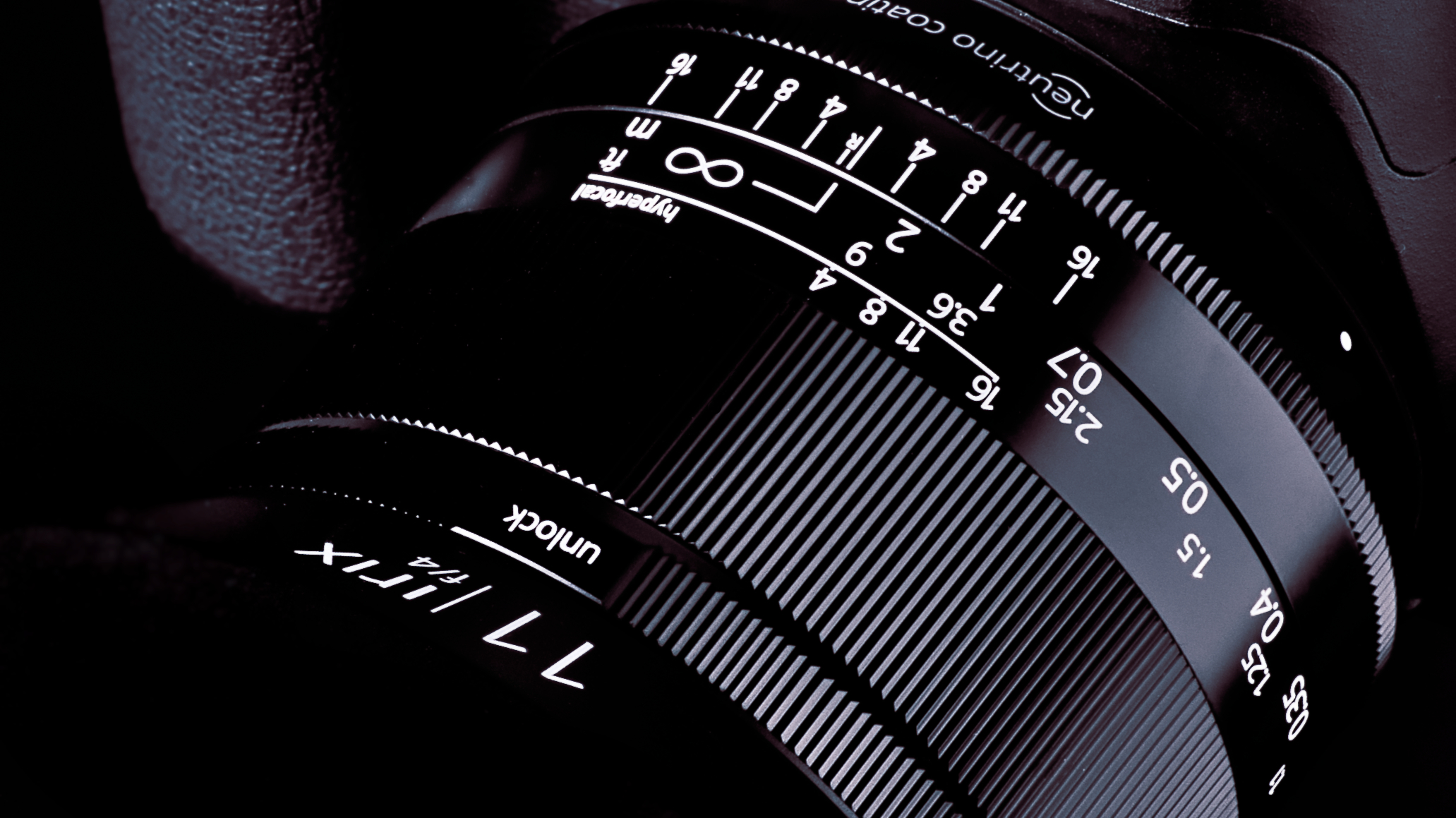
Probably many of you would be reluctant to look at such a wide lens. They don’t allow the use of polarizing filters, but because the viewing angle is so wide, the polarization effect often doesn’t cover the entire frame anyway.
With an ultra-wide angle lens it's worth following a few rules, but as always, breaking them can also result in some interesting photos. So with this in mind I’d like to share with you eight principles that you should consider when shooting with an ultra-wide angle lens.
1. Fill the frame with something interesting
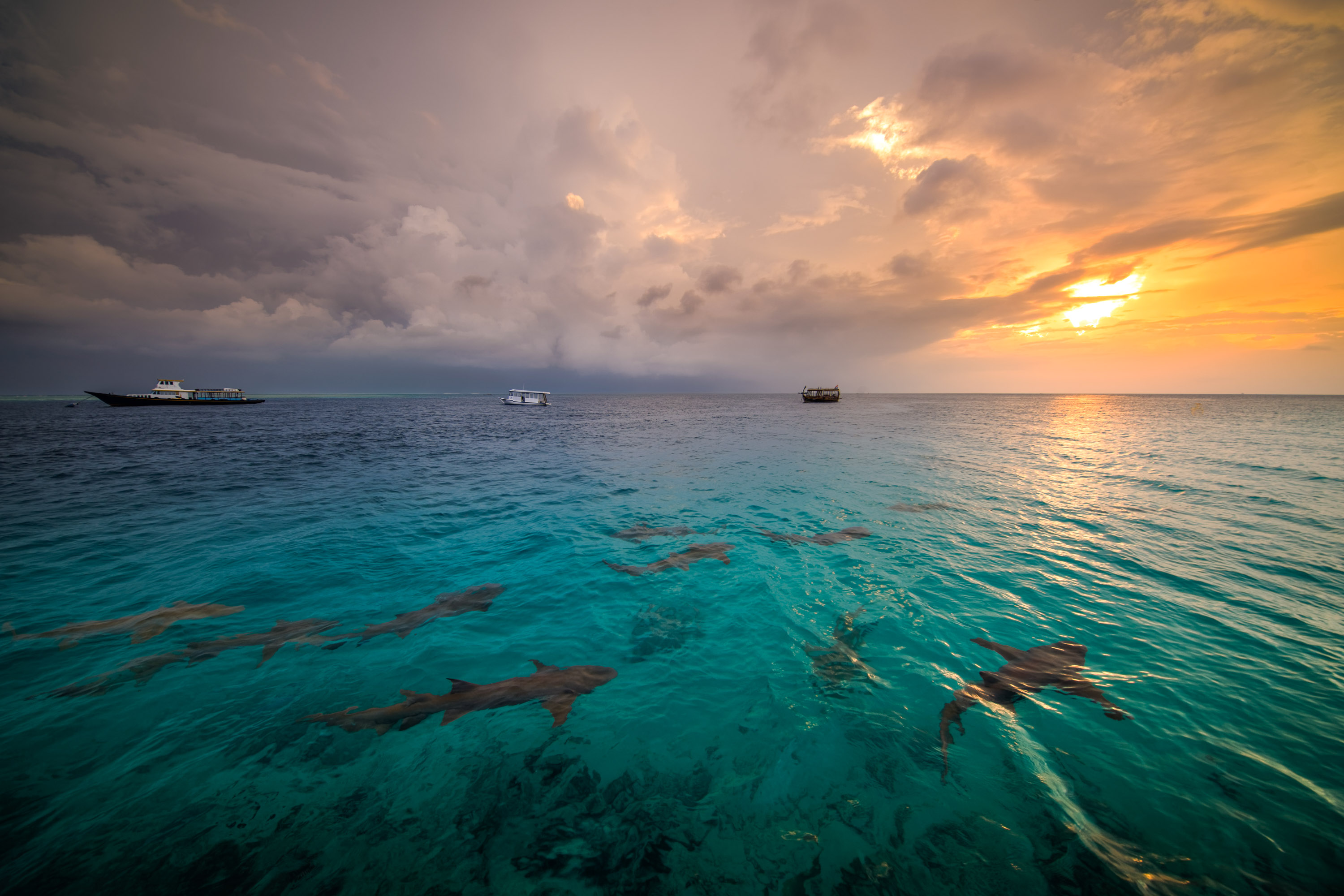
Maybe it sounds banal, but is there anything more obvious than photographing only interesting things? Certainly not, but with a field of view larger than 110 degrees, we must ensure that the attention of the viewer is focused on something specific because, by filling the frame with everything and anything, it can often turn out that there’s nothing in it.
2. Come close, really close

One important issue in the selection of the focal length is the perspective it creates: from telephoto lenses that compress the image, looking through a natural view of the 50mm lens, or ending with a dramatic extended perspective of ultra wide-angle lenses. Use this to your advantage by moving in close to your subject to add drama and accentuate lead-in lines to draw the viewer in to the photo.
3. Framing

The figure in the centre extending hands to us will come out as unnatural (their hands will look incredibly slim and long). This may be considered as artistic expression to some, but when generalizing this isn’t good practice in everyday photography. So let's think about the main subject of our photo and “dress” it within a natural frame.
4. Open up a really small space

Small spaces are small, which is kind of obvious really. However, a ultra wide-angle prime lens is perfect for small interiors, as it can make them appear much larger, with a three-square-metre bathroom becoming a ‘bathing room’.
5. Add character using the leading lines
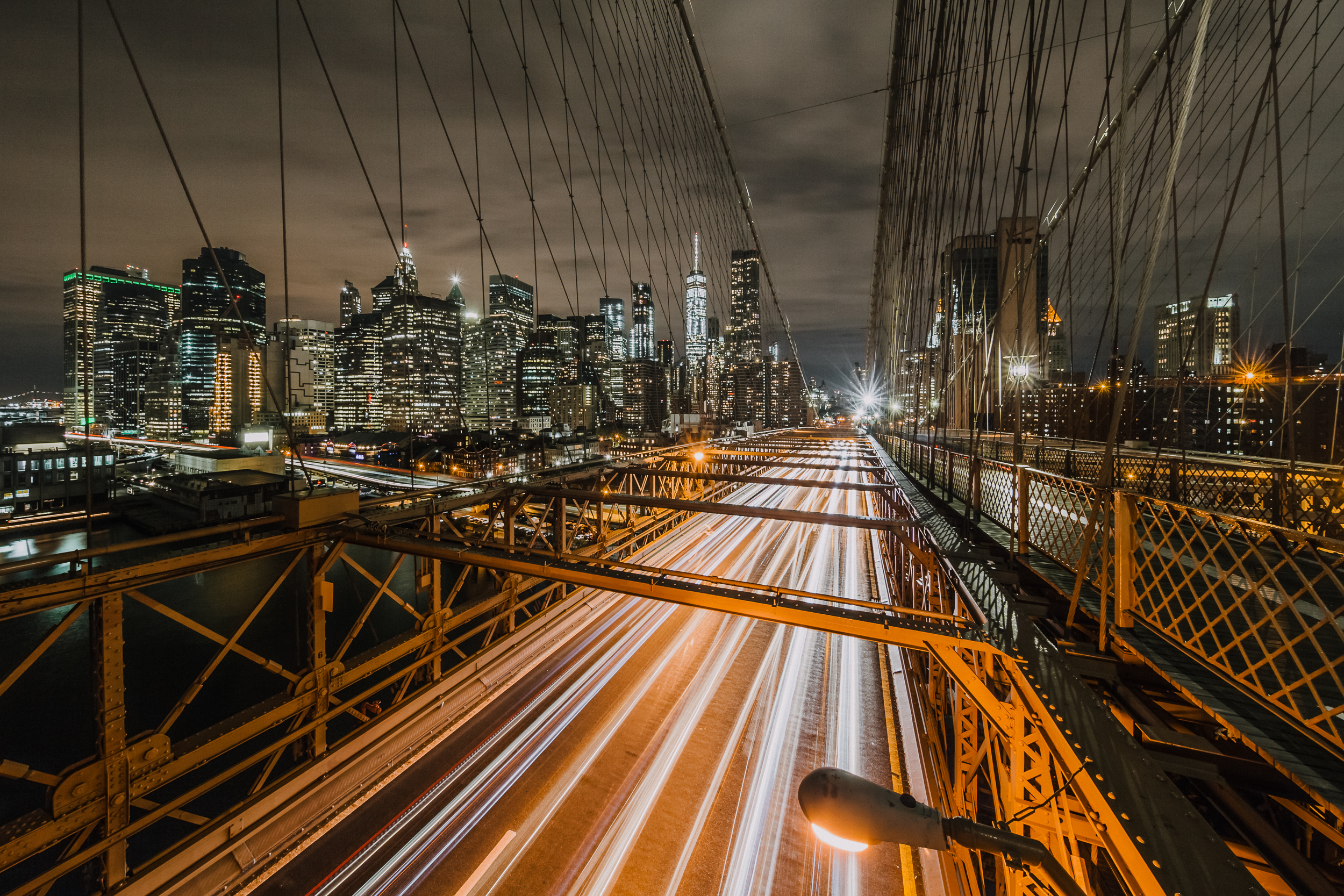
One of the characteristic features of photography is the use of leading lines. Their perception can be extremely creative: from simple, painted road signs, looking through fences popular in landscape photography, spiral staircases, all the way to queues of people waiting for 'something'. Ultra wide-angle lenses allow you to really play with lead-in lines and not only direct the viewer’s gaze, but add balance to the scene.
6. Watch out! Something’s going to fall down soon!

When photographing architecture, it is worth remembering one simple principle - the camera matrix must remain perpendicular to the object being photographed, otherwise we’ll get the impression that the object being photographed is leaning on us or abnormally moving away. Using an ultra wide-angle means we can shoot to edit, leaving more space around the build so we can correct this distortion in post-production before cropping the image.
7. Take pictures from the hip
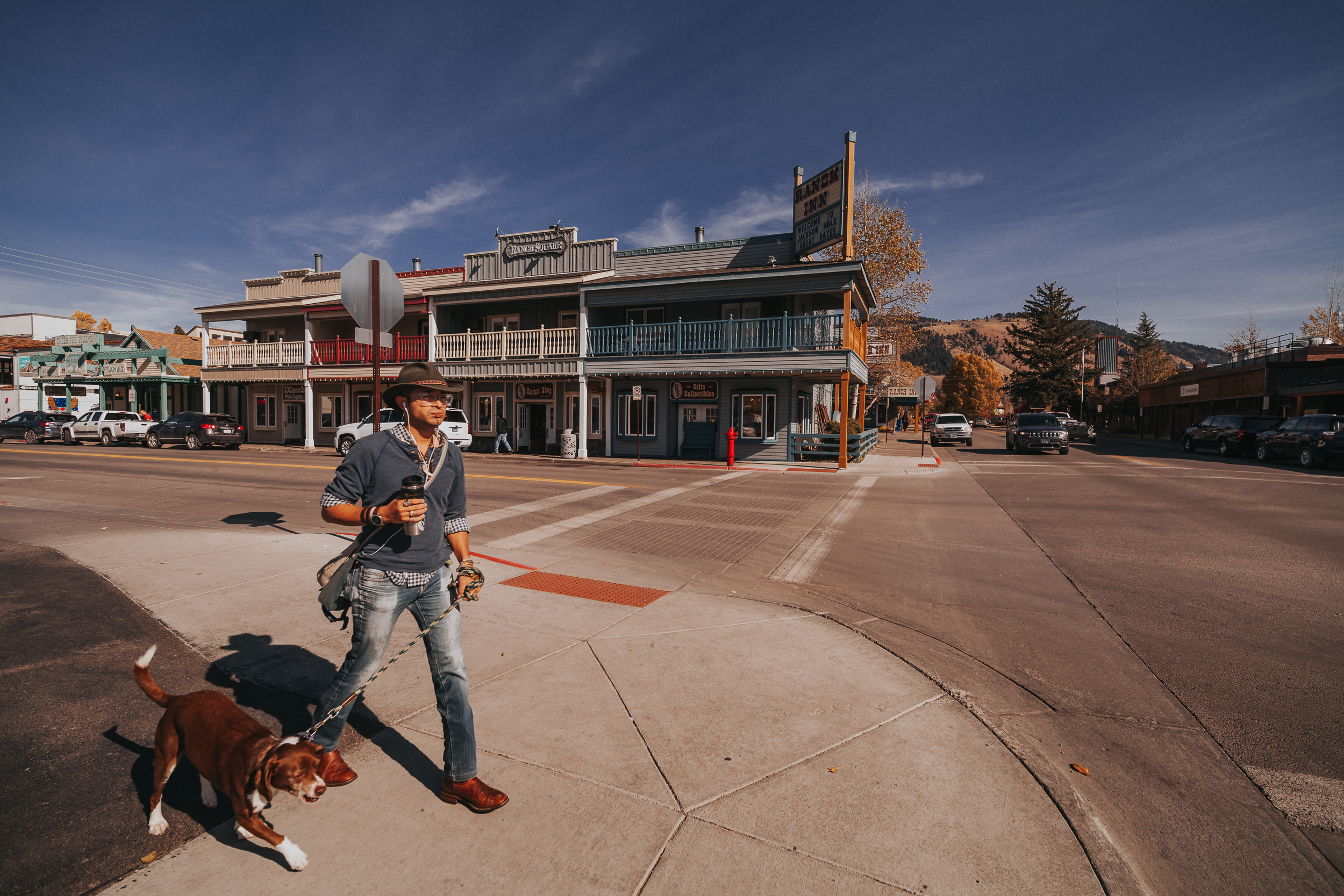
Wide-angle lenses are great if you want to shoot from the hip, allowing you to capture spontaneous and unguarded shots. It is extremely easy to photograph in this way with the focus-lock function set to a specific value, eg 2m-> infinity or 0.5m-> 20m.
8. In short - just shoot!

I hope that what’s delivered here in this article is something that you have found interesting. At the same time, I’ve left the way open for discussion because there are so many differing opinions from so many photographers. After all, the beauty of photography lies in the fact that, as a medium based on the image, it leaves the door ajar to discuss what we perpetuate and in what way. The camera, lens and filters are just tools that allow you to achieve a specific effect, and the effect of using optics with a wide field of view allows you to show the world in a way that we are unable to see with our own eyes.
Piotr Tomala

Sign up for breaking news, reviews, opinion, top tech deals, and more.